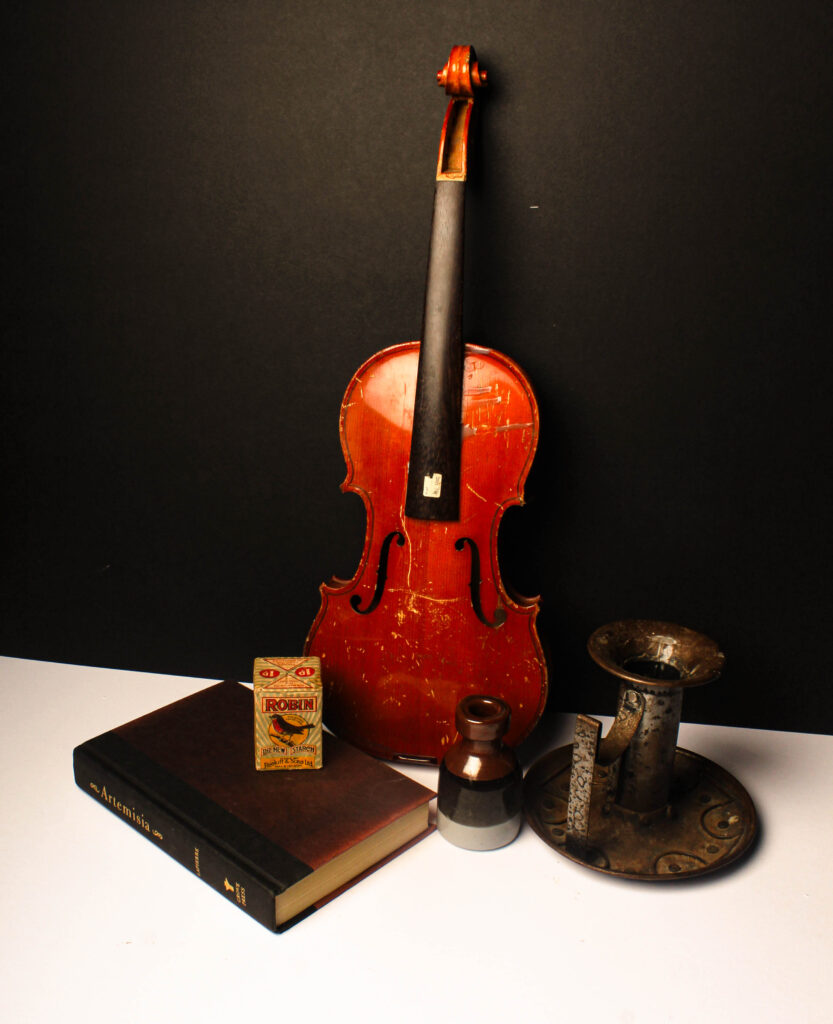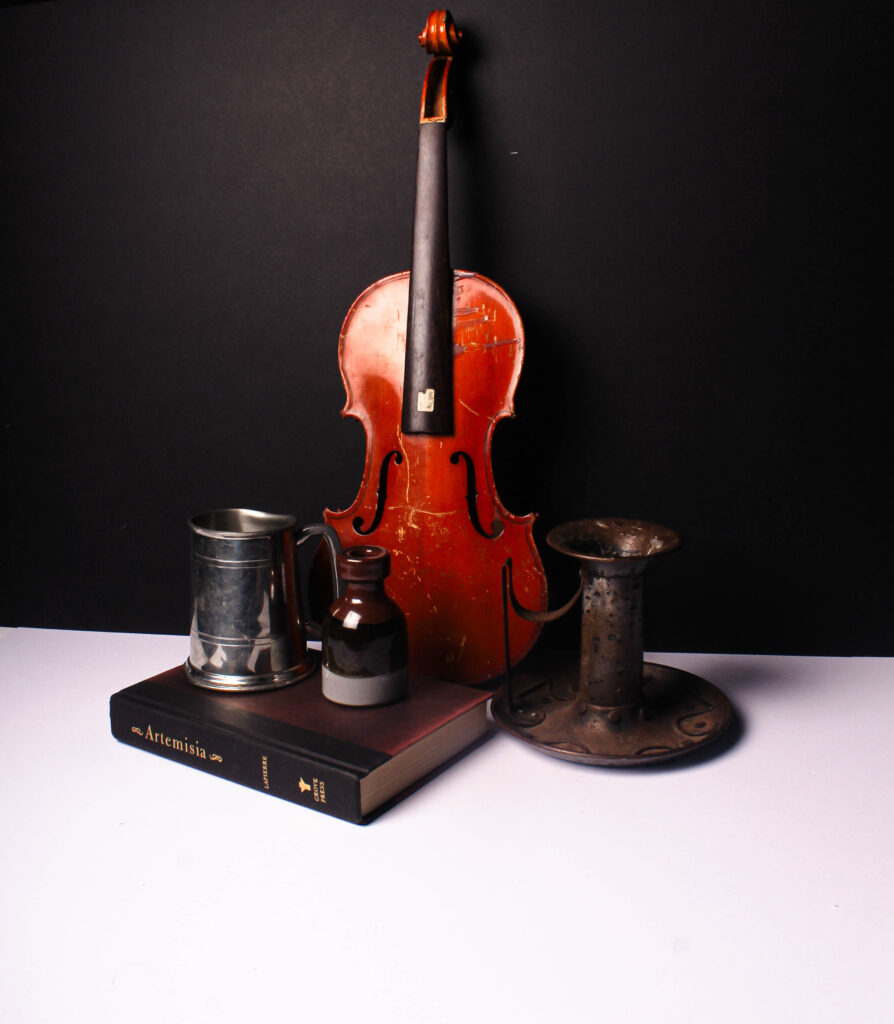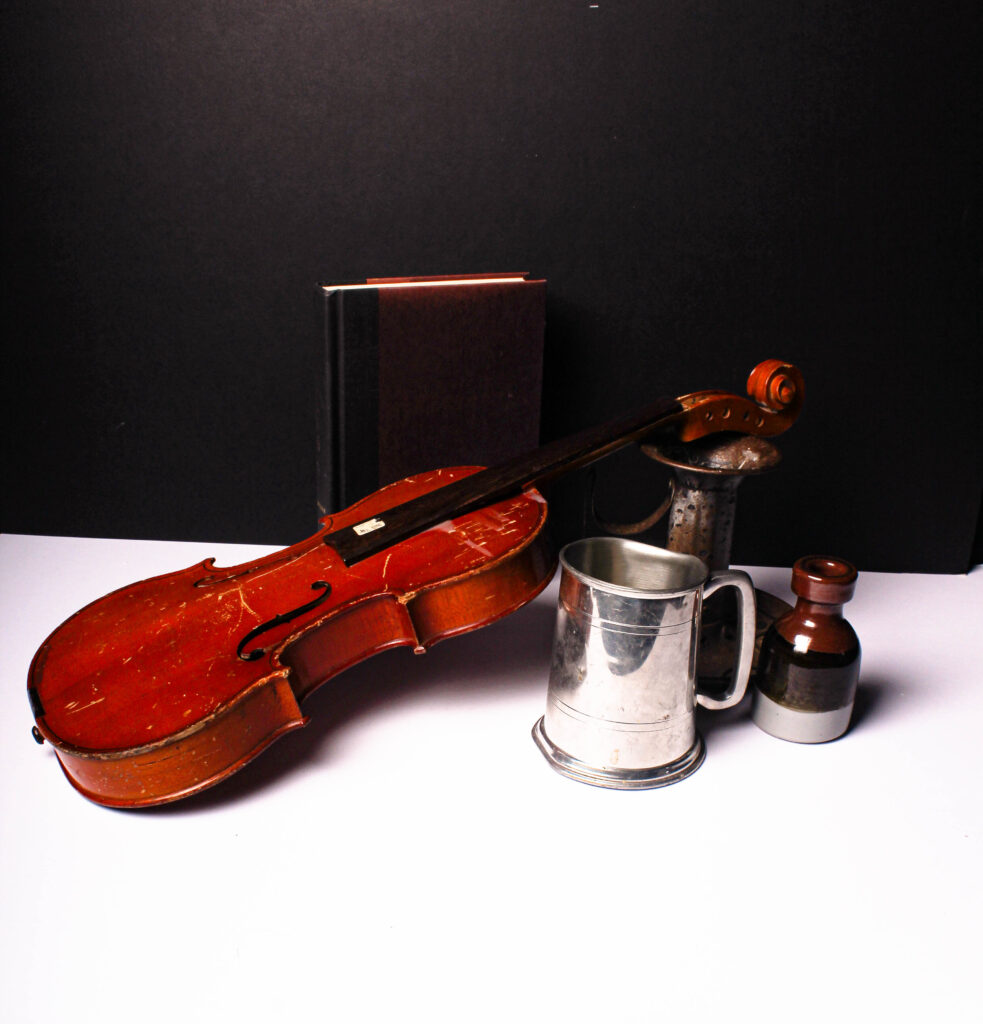Still life is paintings or a drawing of an arrangement of objects. They are an arrangement of inanimate objects such as fruit, flowers, household items, and textiles. These paintings use different types of symbolic and religious objects to convey deeper meanings or narratives. Still life paintings began in the 16th and 17th centuries, The Golden Ages. Now in the 21st century still life paintings were edited and modernised still capturing the same and different kinds of objects in a more vibrant and modern way.
The Golden Age, 16th and 17th Century
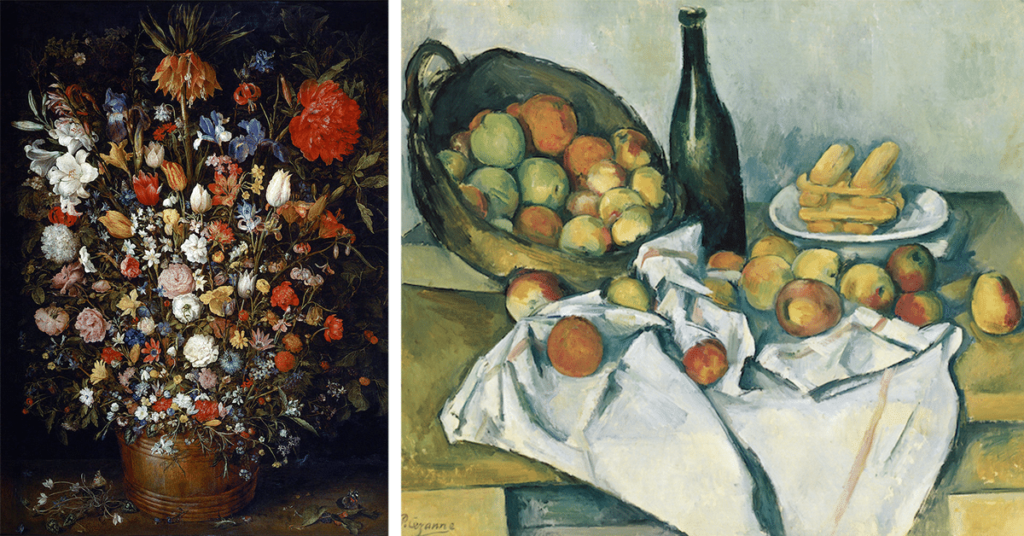

Modern, 21st Century

Vanitas
Vanitas are symbolic artwork, it is a genre of still life that shows the fleetingness of life. Vanitas are closely related to the Memento Mori, which is artwork of objects that reminds the viewer the fragility and shortness of life, for example some of the symbols include skulls and extinguished candles.
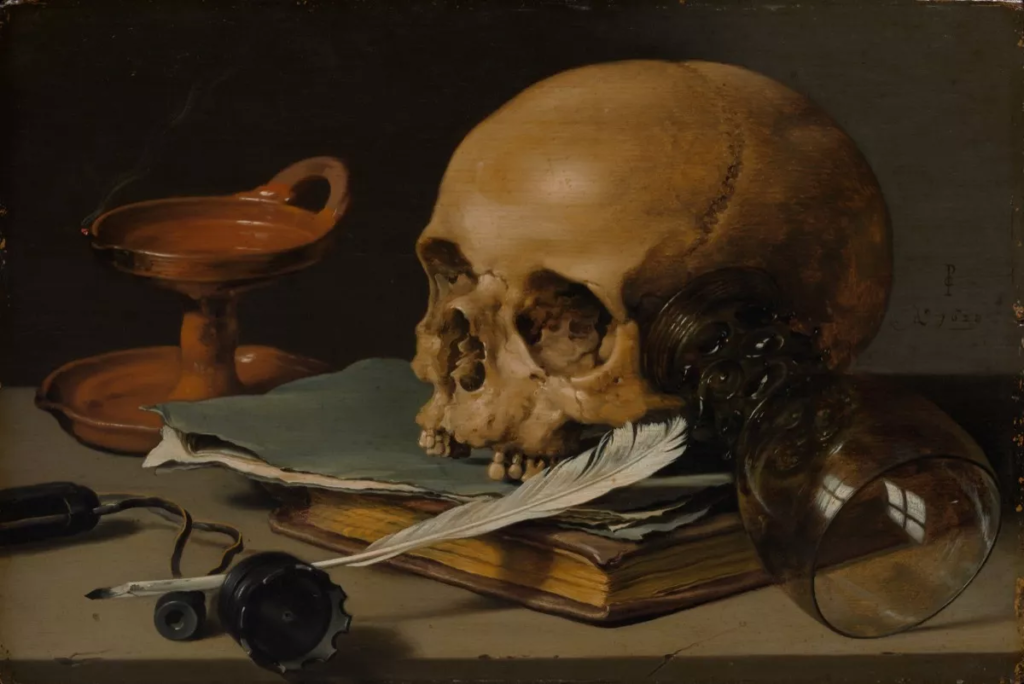

Paulette Tavormina

Paulette creates still life imagery of lit objects such as fruit and vegetables that are immersed in dark backgrounds. The dark background enhances the lit objects making each individual objects stand out from one another. This unique feature creates an interesting and unique depth, which leads the eye to each section of the photo while also creating a more deeper and meaningful photo. With fewer negative space, this draws your eyes in closer enhancing the abstract composition, enabling you to have more of a direct focus on the objects. This feature allows you to see and focus on more of the small and intricate objects placed around the photo, creating more texture and unique formations in areas that you wouldn’t notice from a distance.

